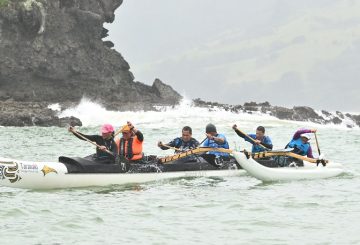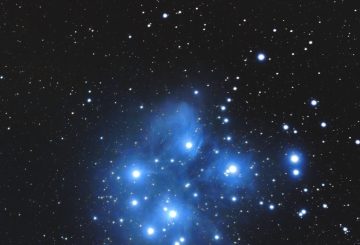언어는 언제 사라지고 언제 그냥 휴면 상태에 빠지나요?이 질문은 많은 언어학자들이 고민하는 질문입니다.더 이상 원어민이 없는 언어, 즉 어릴 때 배운 언어는 종종 “죽은” 것으로 간주됩니다.하지만 항상 그렇게 간단하지는 않습니다.
채텀 제도의 모리오리어를 예로 들어 보겠습니다.타레 모리오리의 마지막 원어민은 20세기 초에 사망했지만, 이 언어는 역사적 기록이 풍부하고 테 레오 마오리어와 많은 유사점을 공유합니다.
이로 인해 오클랜드 대학교는 호코테히 모리오리 트러스트와 협력하여 프로젝트를 시작했습니다.목표는 모리오리어의 기존 텍스트를 모두 필사하고 번역하여 완전히 이해하는 것입니다.목표는 언어의 문법적 특성에 대한 통찰력을 얻고 최종적으로 언어 문법을 만드는 것입니다.
모리오리족은 뉴질랜드 동해안에서 약 800km 떨어진 레코후 (Rēkohu) 또는 채텀 제도에 살고 있습니다.그들은 독특한 문화와 언어를 가지고 있습니다.그러나 1800년대에 유럽인들이 들어오고 그 뒤를 이어 뉴질랜드 아오테아로아에서 온 두 마오리 부족이 유입되면서 모리오리 인구와 그들의 언어가 급격히 감소했습니다.
그럼에도 불구하고 모리오리어는 다양한 형태로 보존되어 있어 언어 부흥을 위한 이상적인 후보로 떠올랐습니다.여기에는 1889년에 쓰여진 작은 사전, 단편 소설 세트, 1862년 모리오리족이 뉴질랜드 주지사에게 보낸 청원서가 포함됩니다.
언어를 되살리는 것은 야심차게 느껴질 수도 있지만, 이미 그렇게 된 적은 있습니다.미국 매사추세츠주에 있는 Wampanoag 언어는 1890년대에 마지막 발화자를 잃었습니다.그러나 정부 기록과 종교 문헌을 포함한 상당한 양의 서면 문헌이 보관되어 있었습니다.1990년대에 Wampanoag 커뮤니티 회원이 이러한 문헌을 분석하기 시작했고, 그 결과 사전과 문법을 만들 수 있었습니다.2014년까지 원어민을 유창하게 구사하는 것으로 간주되는 어린이는 50명에 달했습니다.
때로는 현재 대대로 전해지지 않고 있는 언어를 가리키는 “수면 언어”가 더 정확한 용어인 경우도 있습니다.부활한 언어는 필연적으로 원래 언어와 약간 다를 수밖에 없습니다.성인이 문헌을 통해 모리오리어를 배운다면 많은 단어와 문법 구조를 익힐 수 있을 것입니다.그러면 어른들에게서 “새로운” 모리오리어를 배우면 그 격차를 본능적으로 메울 것입니다. 아마도 마오리어나 영어와 같이 다른 언어를 통해 배울 가능성이 큽니다.
따라서 타레 모리오리는 죽었다거나 멸종했다고 말할 수 없습니다. 다시 들을 수 있을 가능성이 있기 때문입니다.지금도 채텀 제도 곳곳에서 모리오리족의 말, 문구, 노래를 모리오리들이 직접 사용합니다.잠을 자고 있다고 부르는 것이 더 낫습니다. 언젠가 깨울 수 있기를 바랍니다.




























































